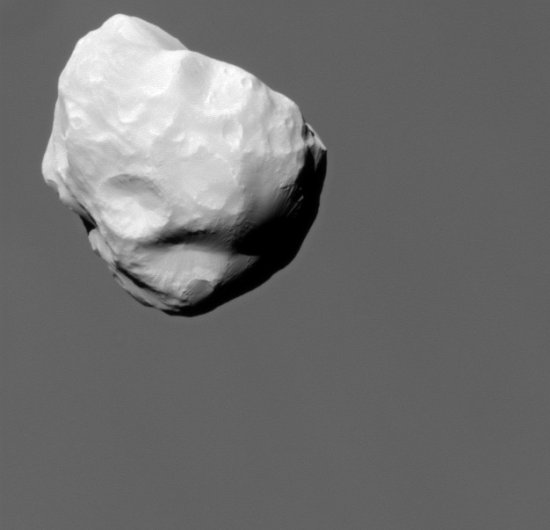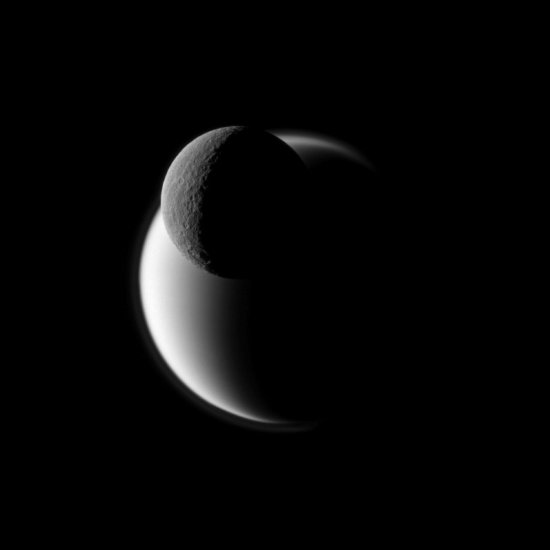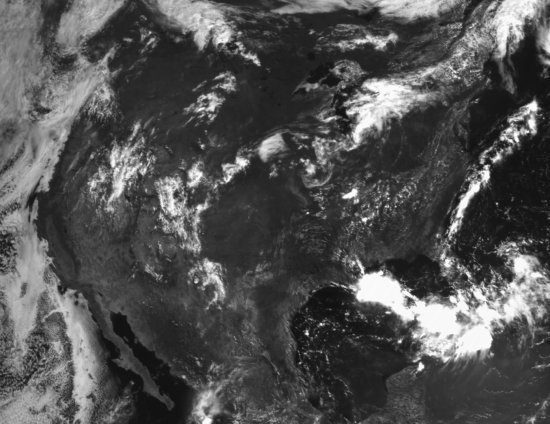Three polls issued today make it very clear that the upcoming November elections are going to be a very different animal than any election anyone has seen in decades.
First, Public Policy Polling (PPP) finds that in the West Virginia race for the Senate seat formerly held by Robert Byrd, long shot Republican John Raese is leading shoe-in Democrat Joe Manchin by 3 points.
Second, Rasmussen finds that not only is Republican Joe Miller leading his opponents in the Alaska Senate race by 15%, the Democrat candidate, Scott McAdams, can only garner 25%. Meanwhile, Lisa Murkowski, who lost to Miller in a primary upset, is doing almost as bad as an independent write-in candidate, with 27%.
Third, a Quinnipiac poll shows Republican Tom Corbett destroying Democrat Dan Onorato by a 54-39 margin in the race for Pennsylvania governor.
Not only do these numbers show a willingness of the public to consider new and unknown candidates and reject incumbents, they also show a surprising hostility to Democrat candidates in regions that have always been considered Democrat strongholds. In West Virginia, the accepted wisdom was that the Democrat Manchin would be nominated and then annointed. Not so. In Alaska, not only did Miller upset the incumbent Murkowski in the Republican primary, voters apparently have little interest in seeing her return to office, or give her Democrat rival the job either. And in Pennsylvania, a swing state that has in recent years been swinging increasingly Democratic, the numbers show instead a complete reversal of that trend and a total rejection of the Democrat candidate.
Yes, November 2nd is going to be an interesting day indeed.
Update: Another poll released today from PPP and commissioned by the leftwing website, Daily Kos, continues these astonishing trends. In the Wisconsin Senate race, Democrat incumbent Russ Feingold now trails Republican Ron Johnson by 11% points. And in Wisconsin governor’s race, the same poll found the Republican leading by 9%.





